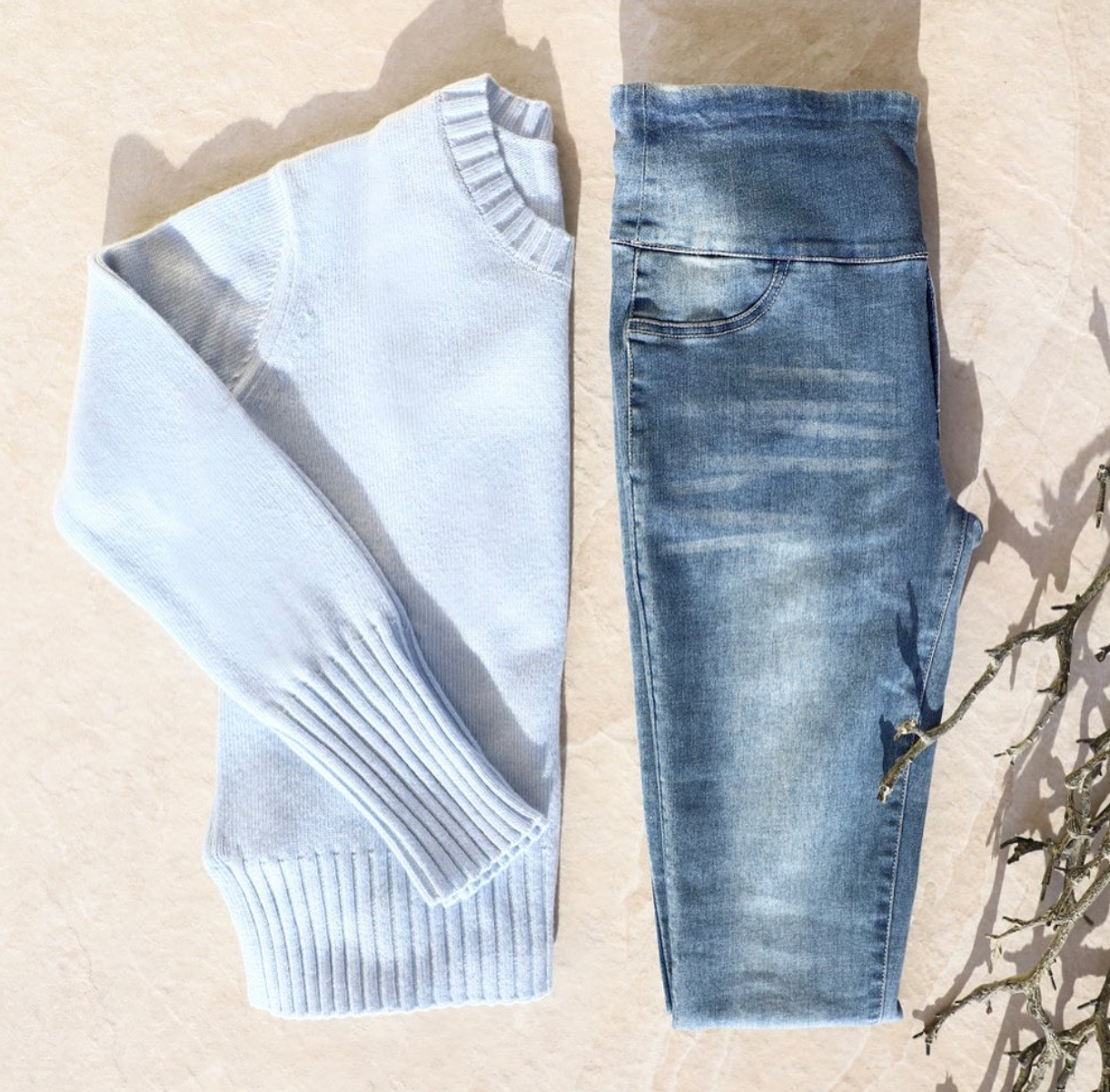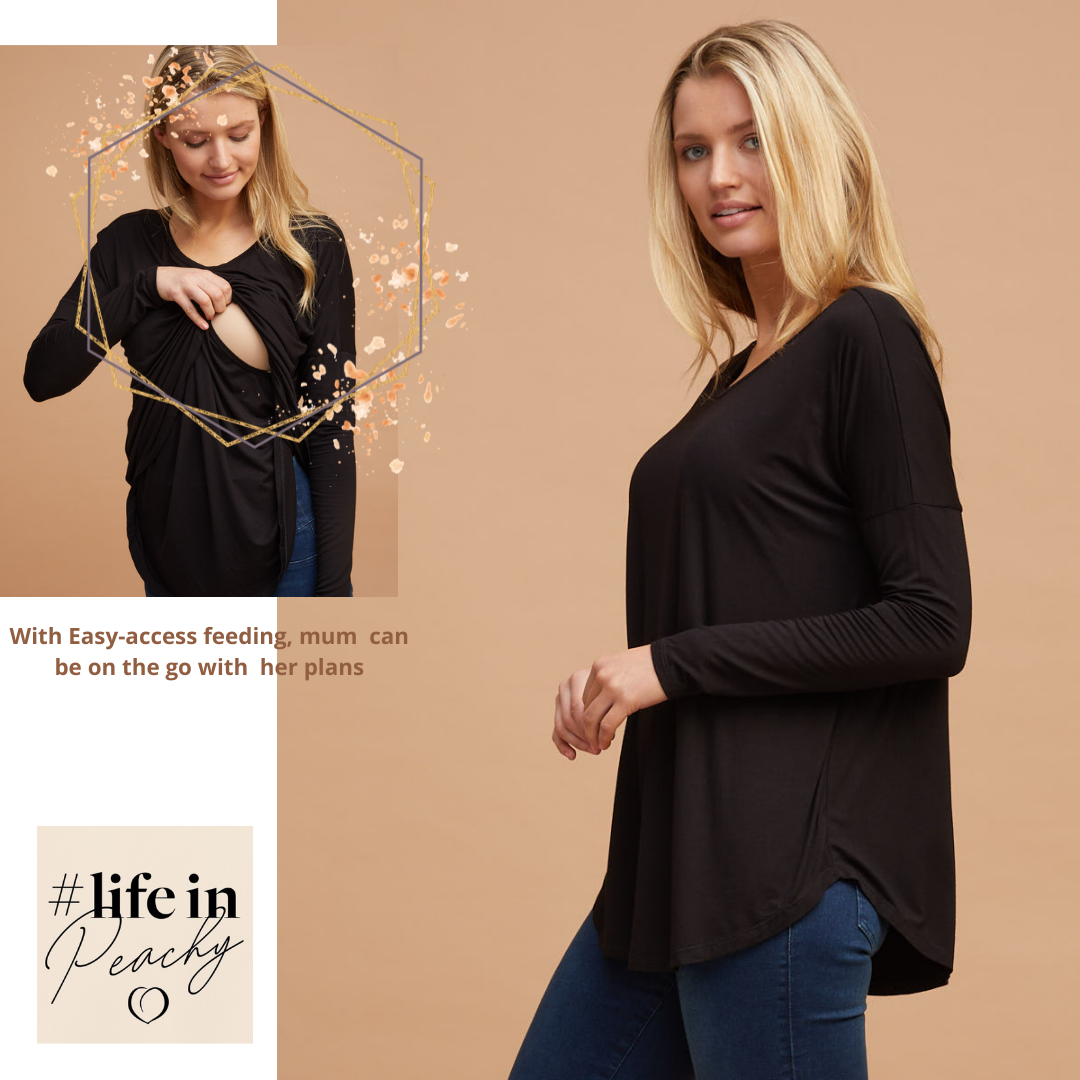Discover the benefits of using a swaddle wrap to improve your baby's sleep routine. A swaddle wrap provides a sense of security and comfort for newborns, mimicking the feeling of being in the womb. By securely wrapping your baby, you can help them feel calm and relaxed, promoting better sleep. Swaddling also reduces spontaneous movements during sleep, preventing your baby from waking themselves up. Additionally, swaddling can help regulate your baby's body temperature, keeping them cozy and comfortable throughout the night.
Understanding the Science Behind Swaddling
Swaddling is rooted in the science of touch. When babies are in the womb, they are tightly nestled and experience a sense of confinement. Swaddling replicates this sensation, which provides comfort and security for newborns. The pressure of the swaddle wrap around their body can have a calming effect and help babies sleep better.
The Comfort of Confinement: Why Babies Love It
Babies have a natural affinity for the feeling of confinement due to their time in the womb. Swaddling recreates this sense of security by hugging their body and providing gentle pressure. This comforting sensation helps newborns feel safe and calm, reducing anxiety and promoting better sleep. The warmth and snugness of a swaddle wrap mimic the womb environment, allowing babies to relax and settle more easily.
Swaddle Technique: The Key to Secure Swaddling
While swaddling offers numerous benefits, using the correct technique is crucial to ensure your baby's safety and comfort. A well-executed swaddle wrap stays in place throughout the night, providing a consistent level of security. It's important to wrap the swaddle snugly but not too tight, allowing for proper circulation and freedom of movement. A secure swaddle wrap prevents the blanket from unraveling and reduces the risk of suffocation.
Choosing the Right Swaddle Wrap for Your Newborn
When it comes to selecting a swaddle wrap for your newborn, several factors should be considered. The size, comfort, and ease of use are crucial in ensuring a peaceful and secure sleep for your baby. Here are some key points to keep in mind when making your choice:
- Soft and Breathable Fabrics: Look for swaddle wraps made from soft and breathable fabrics such as cotton or bamboo. These materials provide a cozy and comfortable environment for your baby to sleep in.
- Adjustable Design: Opt for an adjustable swaddle wrap that can be customized to fit your baby snugly. This feature ensures a secure and proper swaddle, allowing your baby to feel safe and secure during sleep.
- Easy Diaper Access: Choose a swaddle wrap that allows for easy access to your baby's diaper, minimizing disruption during nighttime diaper changes. This convenience saves both you and your baby from unnecessary discomfort.
- Versatility: Consider a swaddle wrap that offers versatility in swaddling styles. Some designs allow for different wrapping techniques to accommodate your baby's evolving needs as they grow.
By taking these factors into account, you can ensure that you select the best swaddle wrap for your newborn, providing them with a safe, comfortable, and secure sleep environment.
Swaddle Wrap Safety: Best Practices for New Parents
Ensuring the safety of your baby while using a swaddle wrap is crucial. By following these best practices, you can create a safe and secure environment for your little one.
Proper Fit and Adjustments for Safe Swaddling
The key to safe swaddling is achieving a proper fit for the swaddle wrap. It should be snug enough to provide comfort and security, but not too tight that it restricts your baby's movement or breathing. Start by laying the swaddle wrap flat and placing your baby's arms by their sides. Fold the wrap over their chest, leaving enough room for their hips and legs to move naturally. Securely wrap each side of the wrap around their body, making sure not to cover their face. Check that your baby's legs can still move freely, as this promotes healthy hip development.
Temperature Regulation and Swaddle Fabrics
Temperature regulation is essential for your baby's safety and comfort. When swaddling, be mindful of the room's temperature and choose swaddle fabrics that help regulate heat. Opt for lightweight, breathable fabrics that allow for adequate airflow. Natural fabrics like cotton and bamboo are excellent choices as they are gentle on your baby's skin and help wick away moisture. These fabrics help prevent overheating, especially during warmer months. Avoid using heavy or synthetic fabrics that can cause your baby to overheat and increase the risk of SIDS.
By prioritizing a proper fit, adjusting the swaddle as needed, and selecting appropriate swaddle fabrics, you can ensure that your baby stays safe and comfortable while enjoying the benefits of swaddling.
Integrating Swaddle Wraps into Nighttime Rituals
Incorporating a swaddle wrap into your baby's nighttime routine can be incredibly beneficial for their sleep. By integrating the swaddle wrap into their bedtime ritual, you can signal to them that it's time for sleep and create a calming environment that promotes better sleep.
To make swaddling a part of your baby's nighttime ritual, follow these steps:
- Start with a peaceful environment: Create a soothing atmosphere in your baby's nursery by dimming the lights and playing soft music or using a white noise machine.
- Prepare the swaddle wrap: Lay out the swaddle wrap, making sure it is clean and secure. Ensure that you are using a swaddle wrap that is appropriate for your baby's age and size.
- Time the swaddle: Swaddle your baby just before they are ready to sleep. This will help them associate the swaddle wrap with relaxation and prepare their mind and body for sleep.
- Gently swaddle your baby: Take your baby into your arms and wrap them securely but comfortably in the swaddle wrap. Make sure the wrap is snug, but not too tight, allowing for movement and circulation.
- Complete the nighttime routine: After swaddling, continue with your baby's bedtime routine, such as feeding, reading a book, or singing a lullaby. These activities further signal to your baby that it's time for sleep.
By incorporating swaddling into your baby's nighttime rituals, you are creating a familiar and comforting routine that encourages relaxation and sets the stage for a better night's sleep. Remember to practice consistent swaddling and follow your baby's cues to ensure they feel safe and comfortable throughout the night.
When to Swaddle Your Baby for Optimal Sleep
Understanding your baby's sleep patterns is crucial in determining the best times to swaddle them. Newborns have shorter sleep cycles compared to older babies and adults. These sleep cycles involve periods of light sleep and deep sleep, as well as brief periods of wakefulness.
Understanding Sleep Cycles and Swaddling Timing
Swaddling during sleep cycles can help prolong your baby's sleep and reduce night-waking. When your baby is transitioning between sleep cycles, they may become more fussy or restless. Swaddling provides a sense of security and can help them settle back into sleep more easily. Swaddling before or at the start of a sleep cycle can be particularly beneficial in promoting longer stretches of uninterrupted sleep for your baby.
It's important to pay attention to your baby's sleep cues and signals. Look for signs of sleepiness, such as rubbing their eyes, yawning, or becoming less active. These cues indicate that your baby is getting tired and may benefit from being swaddled for sleep. By swaddling your baby at the right time, you can help them feel calm and comfortable, setting the stage for optimal sleep.
Swaddle Transition: Reading Your Baby's Sleep Signals
As your baby grows and develops, they may reach a point where they no longer need to be swaddled. It's essential to be aware of your baby's signals that indicate they are ready for the swaddle transition. Watch for signs of increased mobility, such as rolling over or attempting to break free from the swaddle. These actions suggest that your baby may be ready to sleep without being swaddled.
Additionally, pay attention to your baby's self-soothing behaviors. As they become more independent, they may start to find alternative ways to comfort themselves during sleep, such as sucking on their thumb or using a pacifier. These self-soothing actions can be an indication that your baby is ready to transition out of the swaddle and explore different sleep associations.
Remember that every baby is unique, and there is no set timeline for when to stop swaddling. It's important to observe your baby's individual development and adjust their swaddling routine accordingly. Gradually transitioning your baby out of the swaddle can help them adjust to sleeping without the swaddle while still feeling secure and supported.
The Role of Swaddle Wrap in Establishing a Sleep Schedule
Swaddle wraps play a significant role in setting a sleep schedule for your baby. By incorporating swaddling into your baby's bedtime routine, you create a familiar and comforting environment that promotes better sleep.
Consistency: Building a Routine with Swaddling
Consistency is key when it comes to establishing a sleep schedule for your baby. By including swaddling as a regular part of your baby's bedtime routine, you help them recognize that it's time to sleep. Consistent swaddling signals to your baby that it's time to wind down and relax, making it easier for them to transition to sleep. By following the same routine every night, you provide a sense of security and predictability that helps your baby associate swaddling with sleep.
The Impact of Swaddling on Overnight Sleep Duration
Swaddling has been shown to have a positive impact on overnight sleep duration. When babies are securely wrapped in a swaddle wrap, it helps to reduce spontaneous waking movements. By preventing your baby from startling themselves awake, swaddling promotes longer stretches of uninterrupted sleep. This means that both you and your baby can enjoy a more restful night's sleep. The calming and soothing effect of swaddling helps babies feel secure, allowing them to settle into a deep and peaceful sleep.
Mastering the Swaddle Wrap Tutorial for New Parents
Learning the proper swaddle wrap technique is essential for new parents. By following a step-by-step tutorial, you can ensure a secure and comfortable wrap for your baby.
- Begin by laying out the swaddle wrap, ensuring it is spread flat and free of any wrinkles.
- Position your baby in the middle of the swaddle wrap, with their neck aligned with the top edge of the wrap.
- Fold one corner of the swaddle wrap over your baby's chest, tucking it under their back on the opposite side. Make sure the fabric is snug but not too tight.
- Take the opposite corner of the swaddle wrap and fold it over your baby's chest, crossing over the previous fold, and tucking it securely under their back. The folded fabric should create a V-shape around their shoulders.
- Securely wrap one side of the swaddle wrap around your baby's body, ensuring their arm is straight and snug against their side. Tuck the fabric under their back.
- Repeat step 5 on the other side, wrapping the remaining fabric securely around your baby's body and tucking it under their back. Both arms should be snug against their sides.
- Check that the swaddle wrap is secure but not too tight. It should allow your baby to move their hips and legs naturally.
- Make sure the fabric is not covering your baby's face, ensuring they have a clear airway.
- Practice the swaddle wrap technique until you feel confident and comfortable with it. You can seek guidance from healthcare professionals or watch video tutorials for additional support.
Mastering the swaddle wrap technique will provide your baby with a sense of security and comfort, promoting better sleep and relaxation.
Organic Swaddle Wraps: A Natural Choice for Your Baby's Sleep
When it comes to creating a peaceful and soothing sleep environment for your baby, organic swaddle wraps made from natural fabrics offer an excellent choice. Particularly, swaddles made from materials like bamboo and organic cotton bring numerous benefits that contribute to your baby's comfort and well-being.
Benefits of Natural Fabrics Like Bamboo and Organic Cotton
Organic swaddle wraps are crafted from natural fabrics that are soft and gentle on your baby's delicate skin. Bamboo fabric is known for its silky texture, breathability, and moisture-wicking properties, helping to regulate your baby's body temperature throughout the night. This natural fabric is also hypoallergenic, making it a safe and comfortable option for babies with sensitive skin or allergies. Additionally, organic cotton swaddle wraps are made from pesticide-free cotton, ensuring that your baby is not exposed to harmful chemicals.
Both bamboo and organic cotton swaddle wraps provide excellent breathability, allowing air to circulate freely around your baby while they sleep. This helps prevent overheating and ensures a comfortable sleeping environment. These natural fabrics are also highly absorbent, drawing moisture away from your baby's skin, keeping them dry and reducing the risk of irritation.
Swaddle Blanket Versus Adjustable Swaddle Wrap: A Comparison
When choosing a swaddle wrap, you may come across two main options: swaddle blankets and adjustable swaddle wraps. Swaddle blankets are typically square-shaped blankets that require folding and fastening to create a snug wrap. On the other hand, adjustable swaddle wraps feature secure fastenings, such as Velcro or snaps, allowing for a more customized and secure fit.
While swaddle blankets are versatile and can be used for various purposes, adjustable swaddle wraps often provide a more convenient and hassle-free swaddling experience. The adjustable features ensure a proper fit, preventing the wrap from becoming loose or undone during your baby's sleep. This secure wrap promotes a sense of safety and can contribute to a longer and more restful sleep for your little one.
In conclusion, organic swaddle wraps made from natural fabrics like bamboo and organic cotton provide a safe, comfortable, and eco-friendly option for swaddling your baby. These wraps offer breathability, temperature regulation, and gentle touch for your baby's delicate skin. Whether you choose a swaddle blanket or an adjustable swaddle wrap, using organic swaddle wraps can enhance your baby's sleep, making nights more peaceful for both baby and parent.


